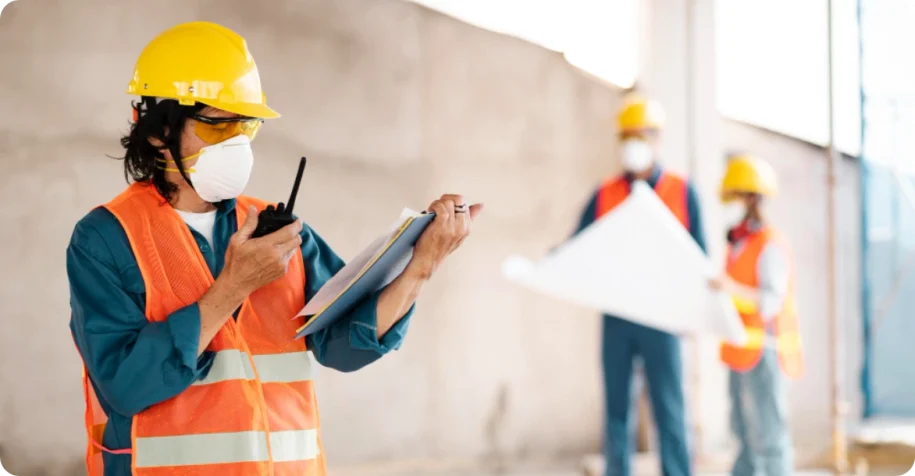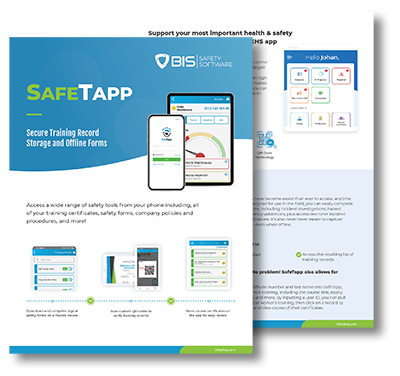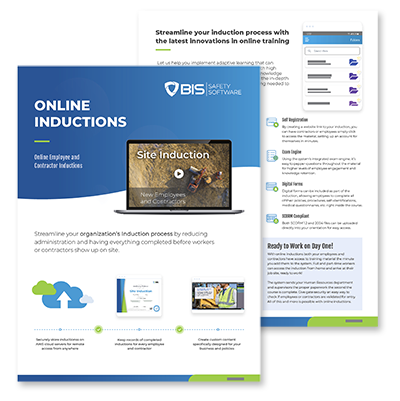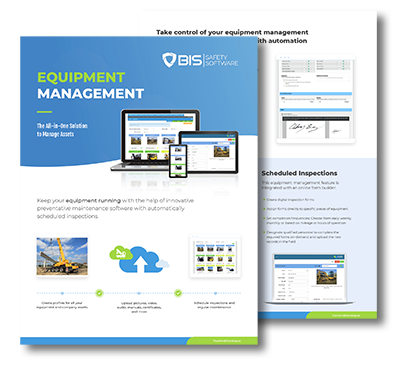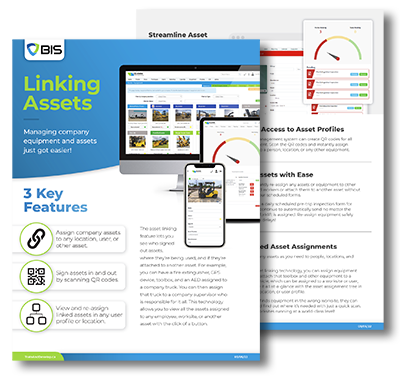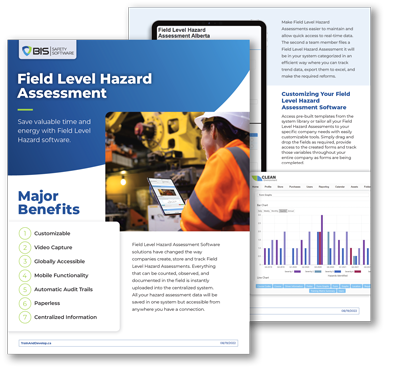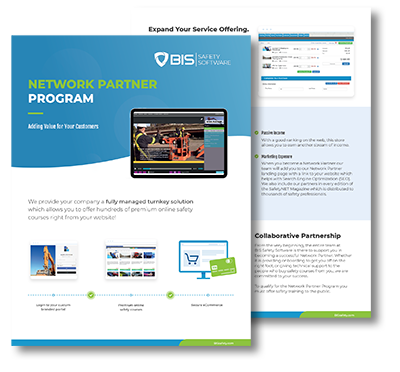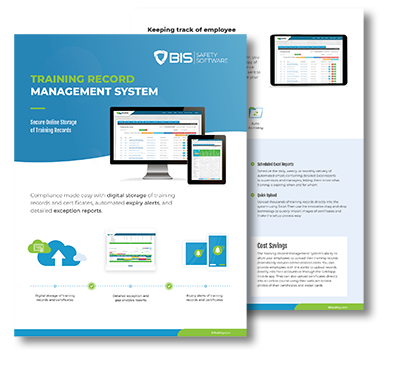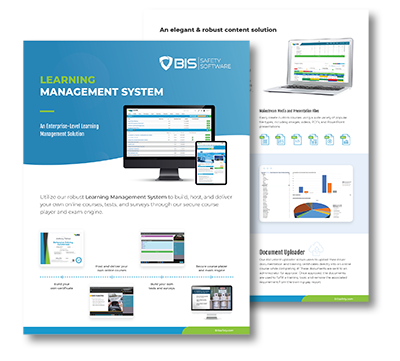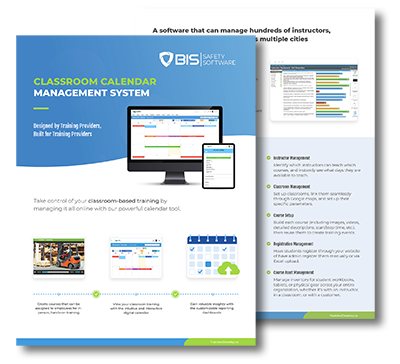What a Canadian basketball star can teach Britain’s safety professionals about real-world readiness.
Steve Nash was never supposed to stand out. He wasn’t tall. He wasn’t fast. He didn’t come from a basketball hotbed. But what Nash lacked in physical gifts, he made up for in something far rarer: deliberate practice—a form of high-intensity, feedback-driven training that separated him from the pack. Two MVP awards later, the lesson is obvious: you don’t need to be the most gifted, you need to train smarter than everyone else.
It’s a lesson the safety world is only just beginning to absorb.
A Career by Chance, A Revelation by Fire
Accidental Safety Leaders like Allan Moore didn’t plan to enter health and safety. A former oil rig worker who spoke Mandarin, he was stationed in Taiwan when a safety role came up. Nobody else had the language skills. He took the post. That’s when he noticed something troubling.
Workers who’d aced the training materials—spotless scores, polished certificates—struggled in actual emergencies. Others, far less decorated, handled pressure calmly and competently. The difference? Practical exposure.
“You can teach someone to change lanes,” Moore says. “But until they’re aquaplaning at 70mph, it’s all theory.”
The Danger of Performative Training

Much of today’s safety education is performative. You sit through a PowerPoint. Complete a short quiz. Maybe tick off a compliance form. Moore believes that’s not just ineffective—it’s dangerous. “There’s a false sense of competence,” he explains. “We’re not building capability. We’re building paperwork.”
Across industries, there’s growing recognition that traditional methods fall apart under pressure. Memory fails. Training fades. And in high-risk environments, hesitation kills.
The Power of Practice That Pushes
Psychologist K. Anders Ericsson coined the phrase “deliberate practice” to describe the kind of rehearsal that leads to real mastery. It’s repetitive, yes—but more importantly, it’s intentional. Feedback is constant. Difficulty is dialled in just beyond the learner’s comfort zone.
Nash didn’t just shoot free throws. He practised under stress—tired, distracted, with time constraints and crowd noise piped in. Moore applied the same logic on site. Crews ran scenario-based drills, repeated until reactions became second nature. Not just what to do—but what to do when things go wrong. The results? Fewer incidents. Stronger teams.
Quiet Progress in the Field

This isn’t a theory anymore. It’s happening. In Alberta, MI Safety runs hybrid programmes that mix digital modules with real-world verification. Workers must demonstrate skills on site—signed off by a supervisor—not just pass a test.
In the U.S., veteran-turned-entrepreneur Jennifer Lastra is taking things a step further. Her company builds virtual reality scenarios designed to simulate high-stress, high-stakes situations. Not just to teach actions—but to condition reactions. “We’re training brains, not just checking boxes,” Lastra says.
Thinking Like Nash
Steve Nash once admitted: “I couldn’t out-jump anyone, so I had to out-think everyone.” That mindset—strategic, disciplined, obsessive about small improvements—is what transformed his career. It’s also the attitude safety leaders are starting to adopt.
The future of safety training doesn’t look like more online modules. It looks like coaching. Drills. Feedback. Reps. Because it’s not enough to know the rules. People need to feel ready. And if more sites adopted that principle, a lot more people would walk away from danger intact.
Additional Articles
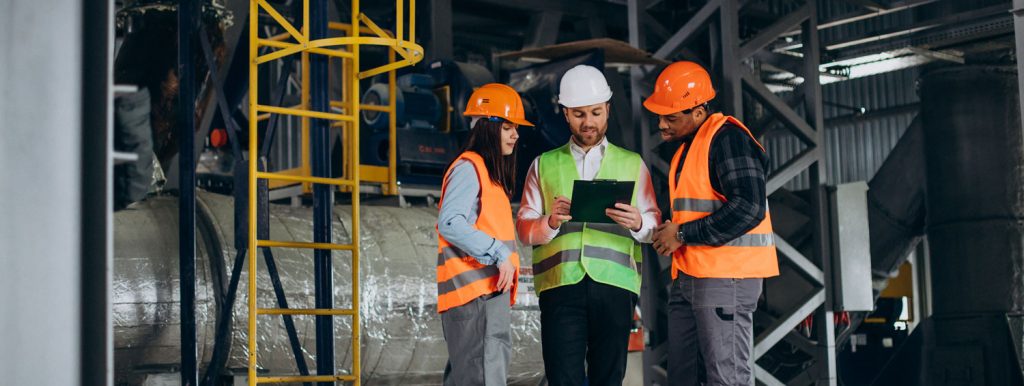
The Good The Bad and The Ugly of Workplace Safety
Learn the practical steps required for conducting Field Level Hazard Assessments with our detailed guide and real-world examples. … Read More
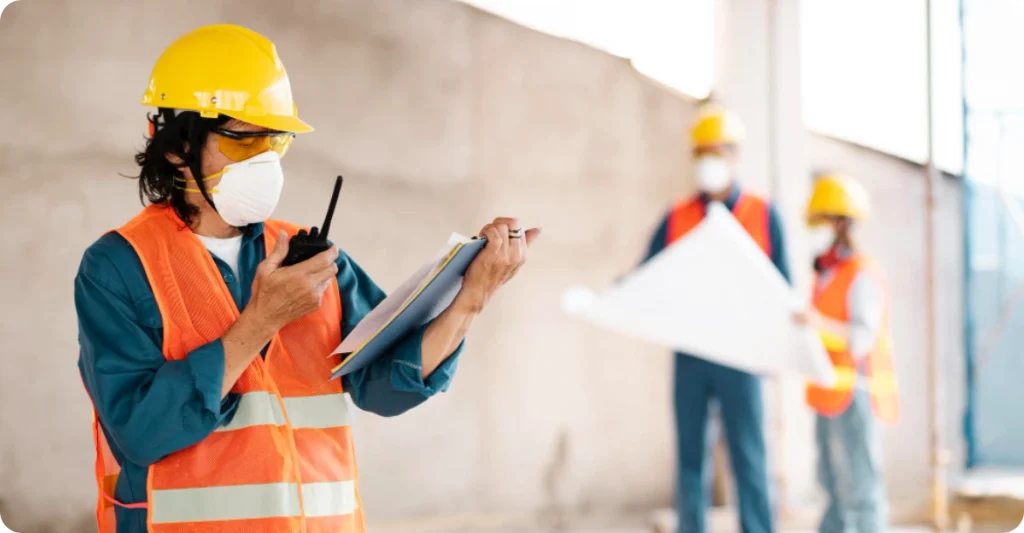
Steve Nash and the End of Tick-Box Safety
Inspired by Steve Nash’s training style, this article explores why deliberate practice—not paperwork—is key to real-world safety in high-risk jobs. … Read More

